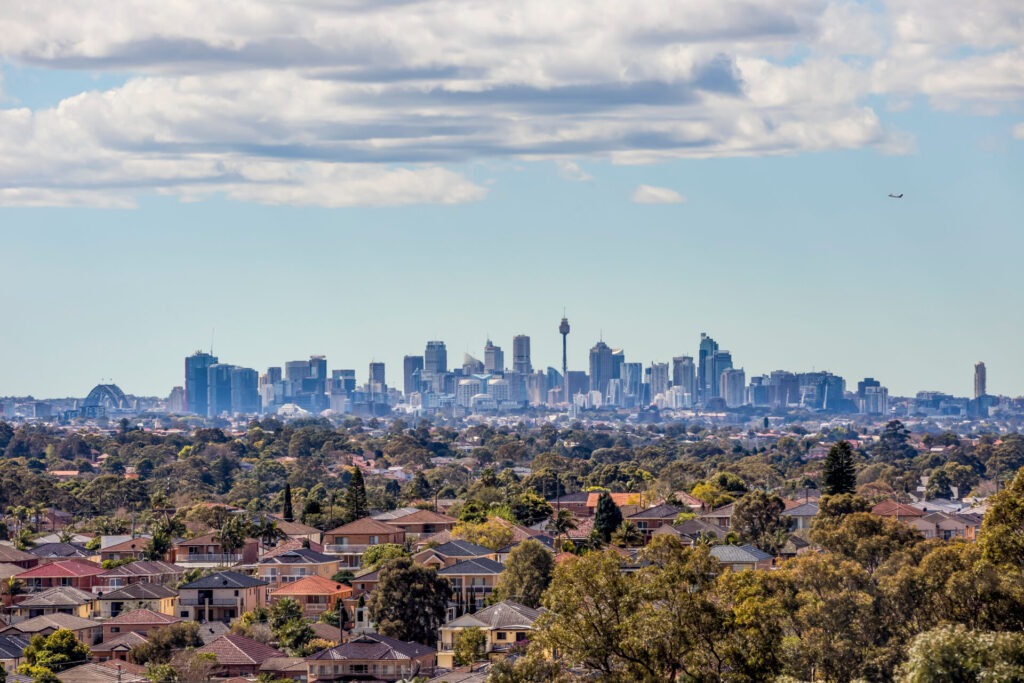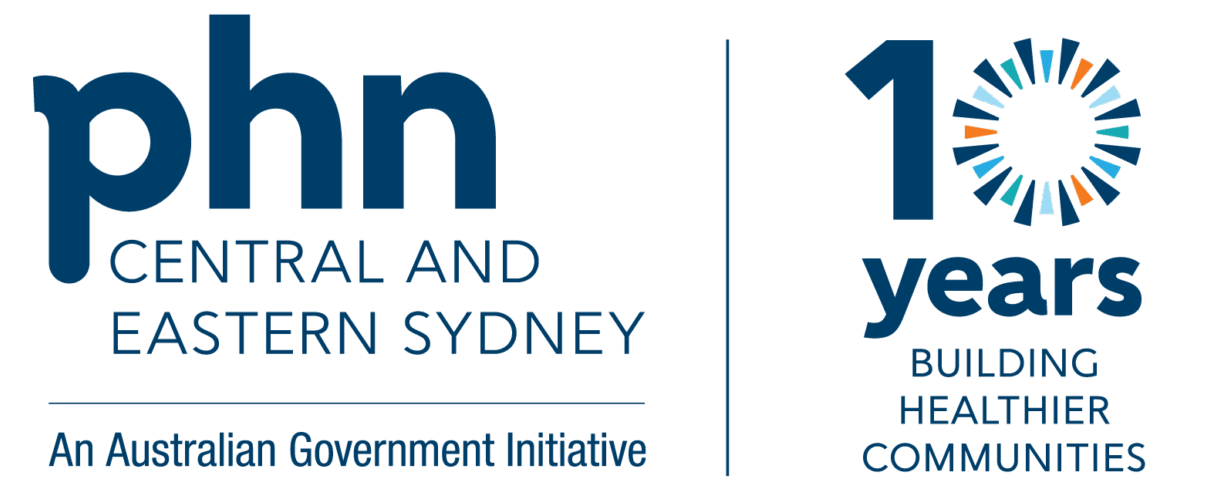Launched new Strategic Plan 2025-2027
Established a GP service for the La Perouse Aboriginal Community
Established a Multicultural Health Navigator Service
Launched 3rd Reconciliation Action Plan
Developed the CESPHN Multicultural Health Action Plan
Developed Mental Health and Suicide Prevention Regional Plan 2024-26
Launched the CESPHN Service Directory
Established a further four urgent care services in Caringbah, Belmore, Green Square and Carlton
Launched Disability Inclusion Action Plan 2024-2027
CESPHN Healthy Ageing Strategy 2023-2028 released
Joint PHN and Mental Health Community Managed Organisation working group established, marking start of ongoing partnership
Launched voices4health to give community members the opportunity to contribute to decision-making about health needs and services in their area
HealthPathways Sydney became the first Australian HealthPathways region to publish 1,000 locally relevant HealthPathways
Established two Healthy Ageing Hubs in Gymea and Newtown
Commissioned CESPHN’s first Commonwealth Medicare Urgent Care Centre in Maroubra
Delivered grants to general practices within the region as part of the Strengthening Medicare GP Grants program
Established Head to Health service in Canterbury
Released CESPHN Allied Health Engagement Strategy and contributed to the development of a National PHN Allied Health Framework
Released CESPHN Climate Change and Population Health Statement
Held the first annual CESPHN Primary Health Awards to recognise the outstanding achievements of healthcare professionals and organisations
Regional Drug and Alcohol Joint Strategic Planning Meeting established
Launched two Head to Health pop-up clinics in Hurstville and Lakemba, providing easy access to mental health services
Established GPCanShare, a cancer shared care network linking GPs with hospitals and LHDs
CESPHN supported general practice and pharmacies through the COVID-19 vaccine rollout
Developed the joint Intersectoral Homelessness Health Strategy 2020-2025
Supported delivery of electronic prescriptions in the Central and Eastern Sydney PHN region
Launched Headstart, an online navigation tool for people experiencing mental health issues
Supported primary care response to COVID 19 pandemic, via distribution of PPE, educational webinars and constant communications
Developed a First Nations Model of Care for Suicide Prevention
Launched the Eora Health Messenger
Launched the Mental Health and Suicide Prevention Regional Plan for Central and Eastern Sydney
Relocated to a single office in Mascot
Launched first Reconciliation Action Plan
Developed General Practice Engagement Strategy
Developed CESPHN Digital Health Strategic Plan 2019-2021
Launched South Eastern Sydney HealthPathways
Established Alcohol and Other Drugs Advisory Committee
Established CESPHN Disability Network
Established Aboriginal Workers Circle
Began commissioning Alcohol and other Drugs (AOD) services
Commissioned the Primary Integrated Care Supports (PICS) program following intensive co-design across the region to develop the new model of care
Established Mental Health and Suicide Prevention Advisory committee
Funded NDIS Impact, Needs and Planning Project
Became the fund holders for the five headspace centres, (Ashfield, Bondi Junction, Camperdown, Hurstville and Miranda) in the region
Completed first Needs Assessment
Held first Clinical and Community Council meetings
Partnered on the Inner West Sydney Child Health and Wellbeing Plan to improve outcomes for vulnerable children in partnership with Sydney LHD, NSW Family and Community Services, NSW Department of Education
Central and Eastern Sydney PHN was established with offices in Kogarah, Ashfield and Waverley

